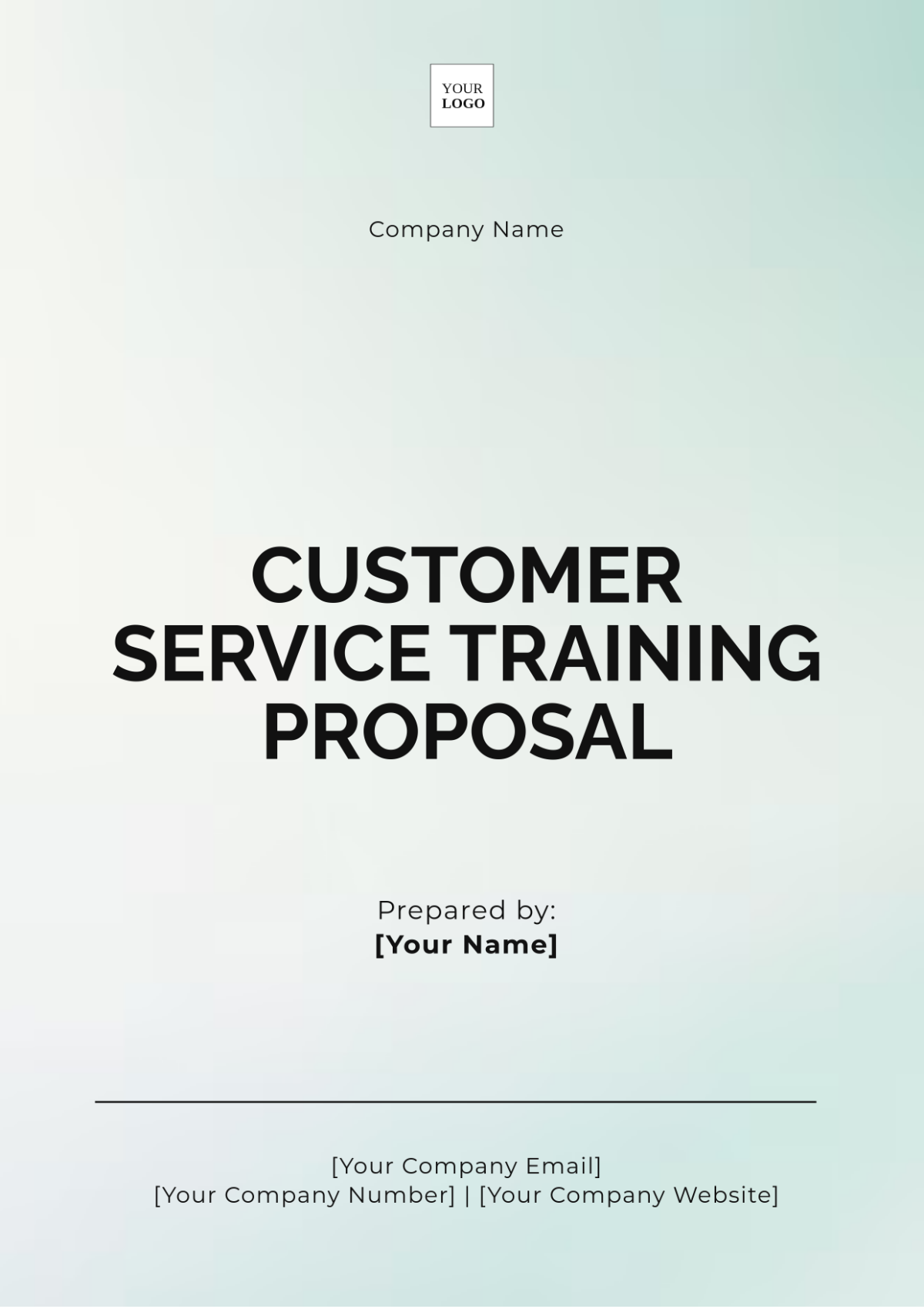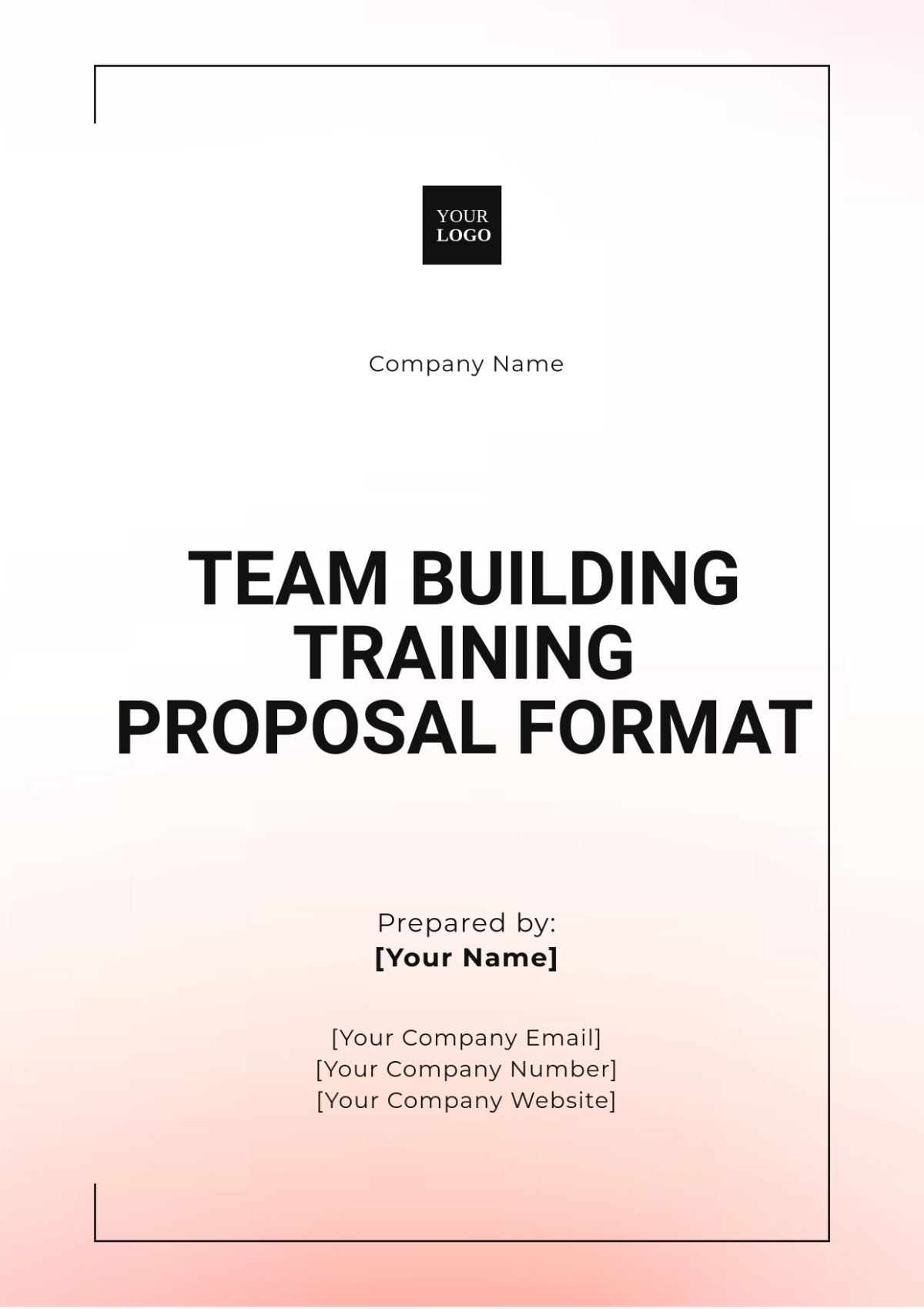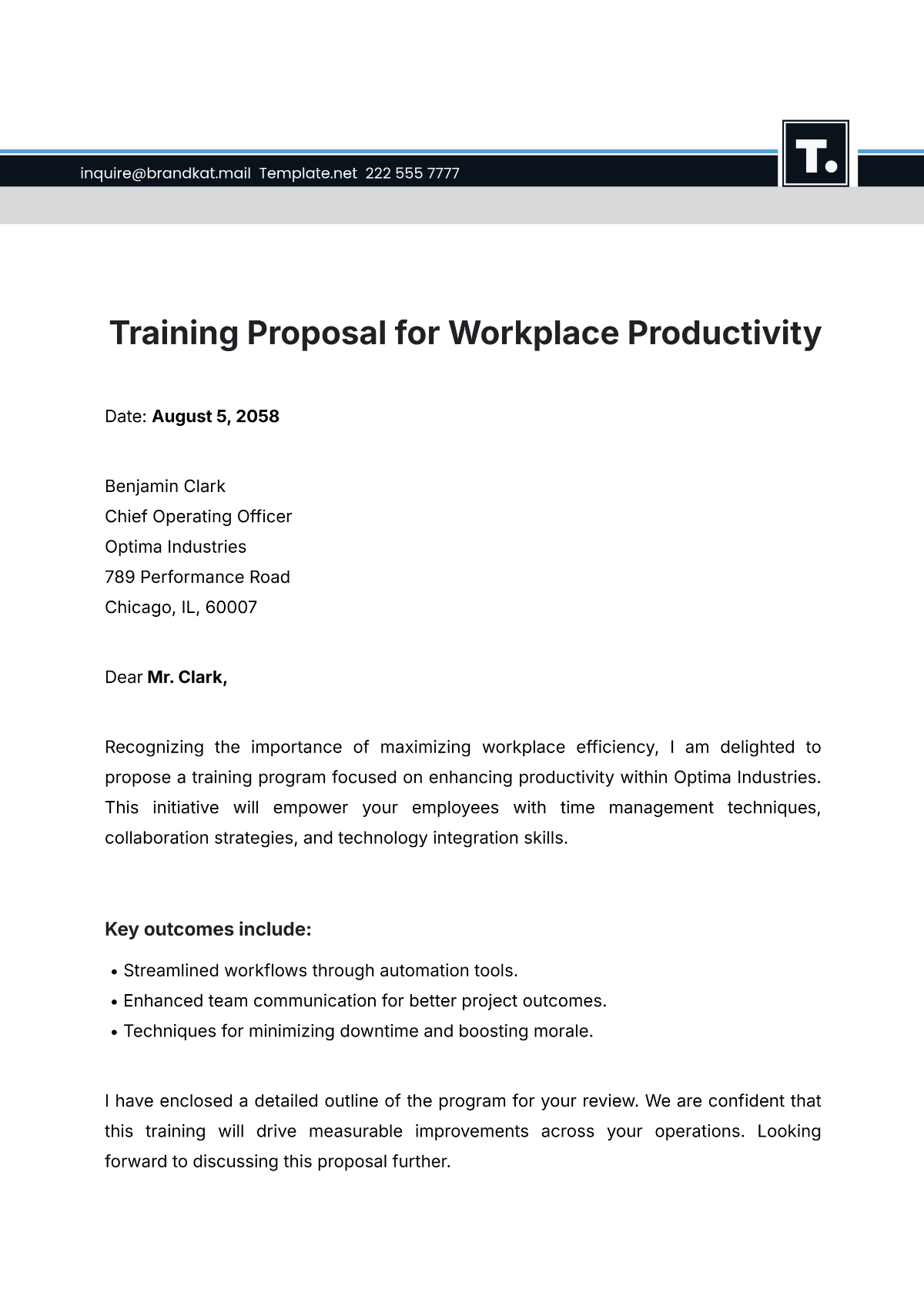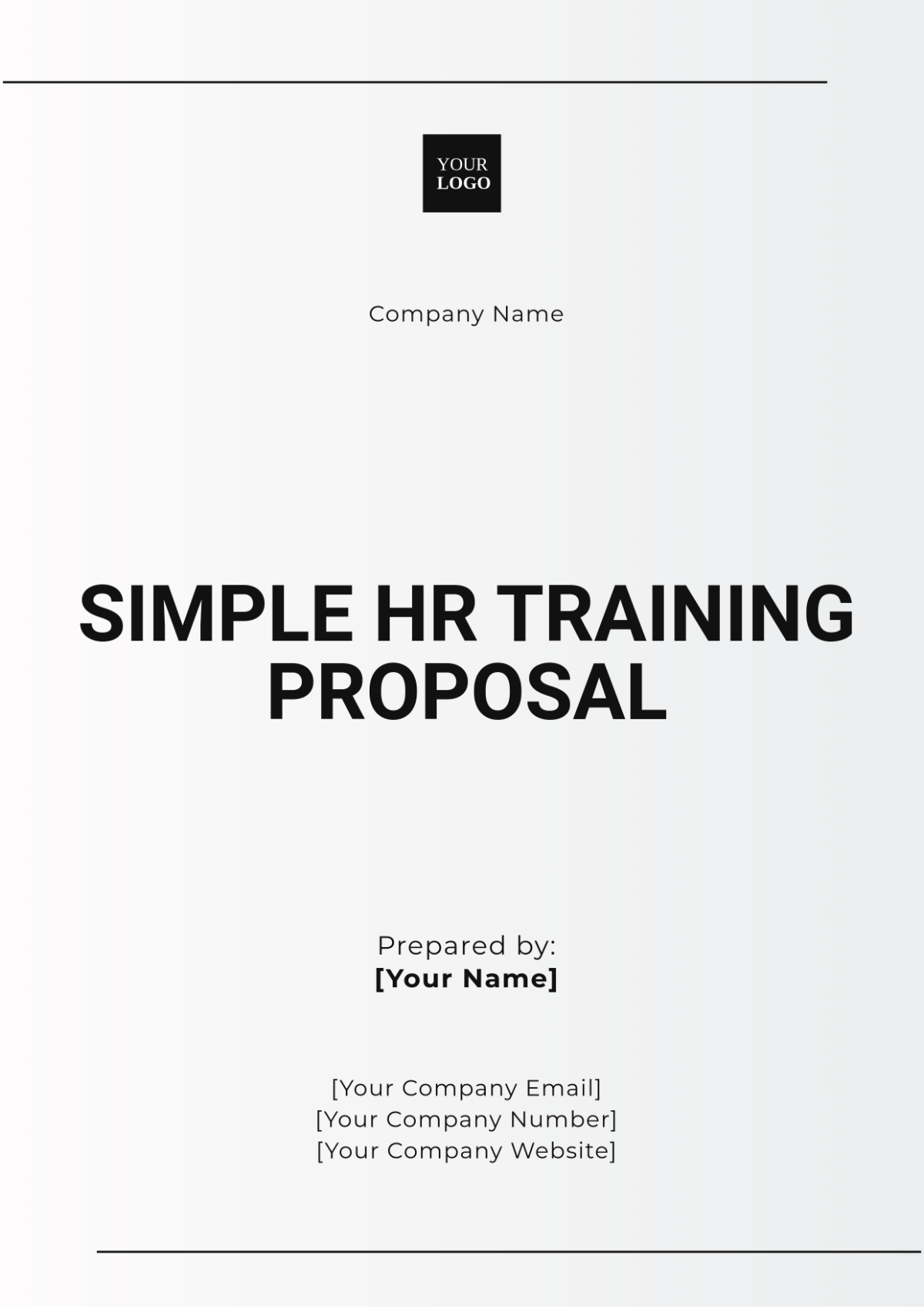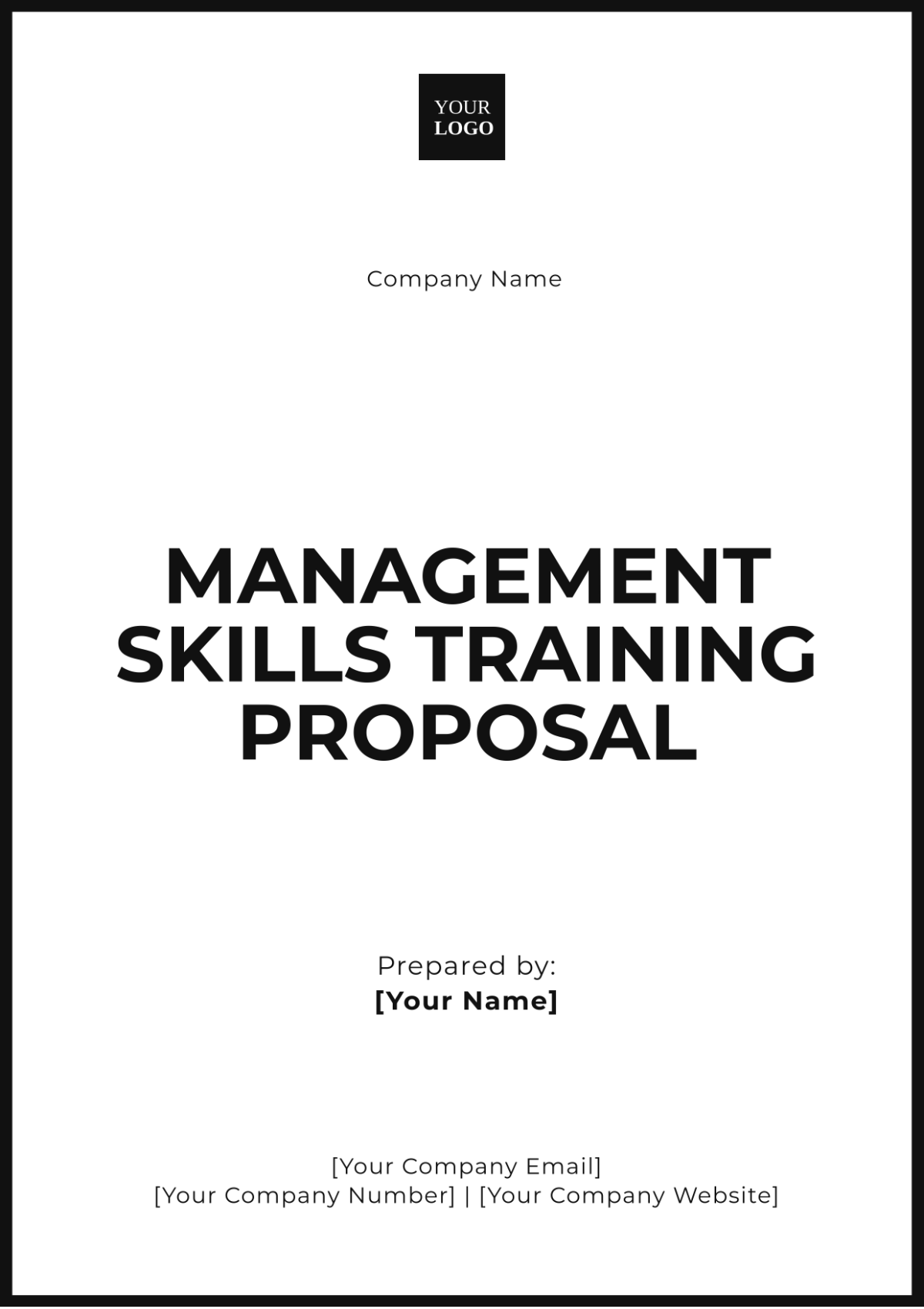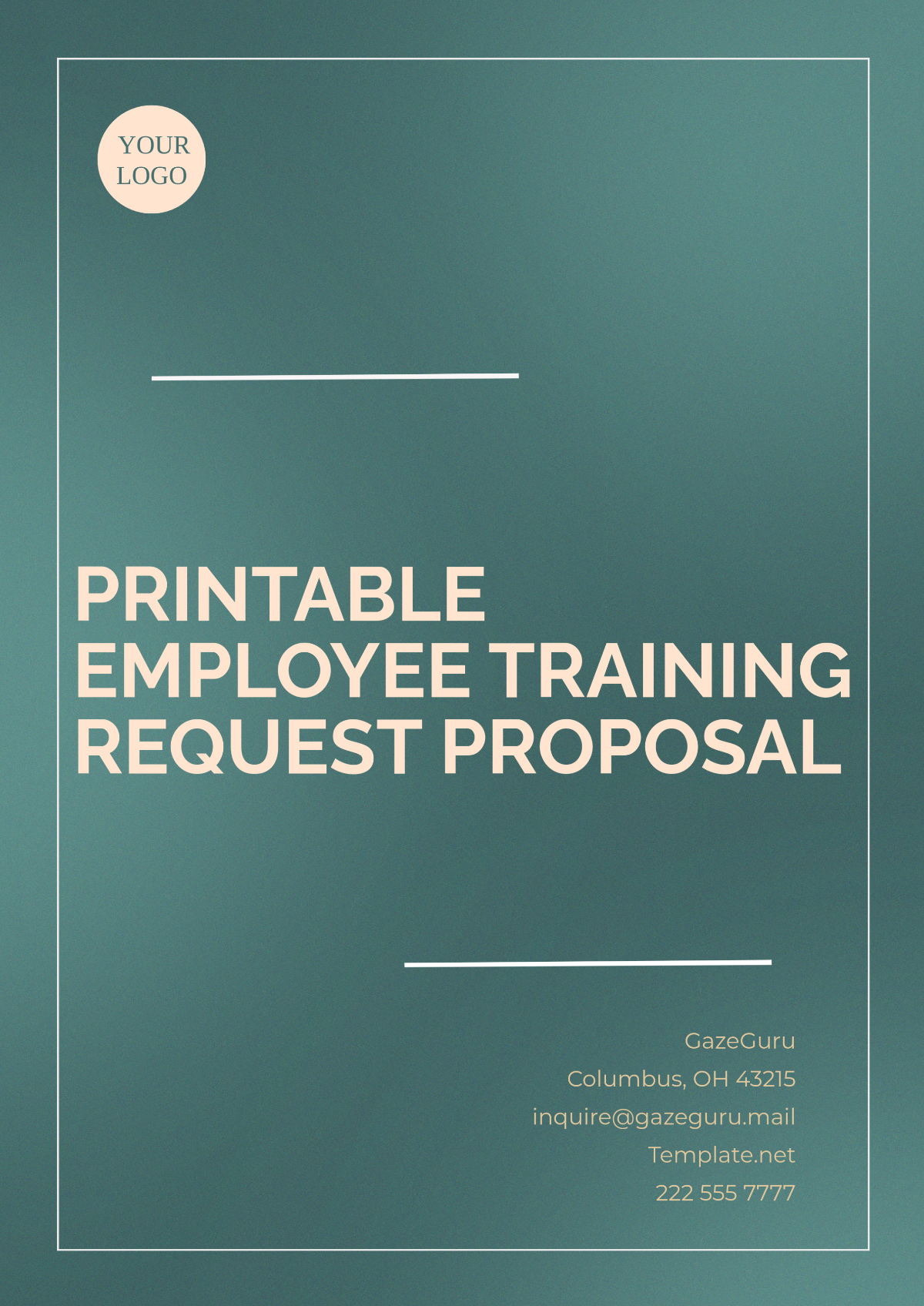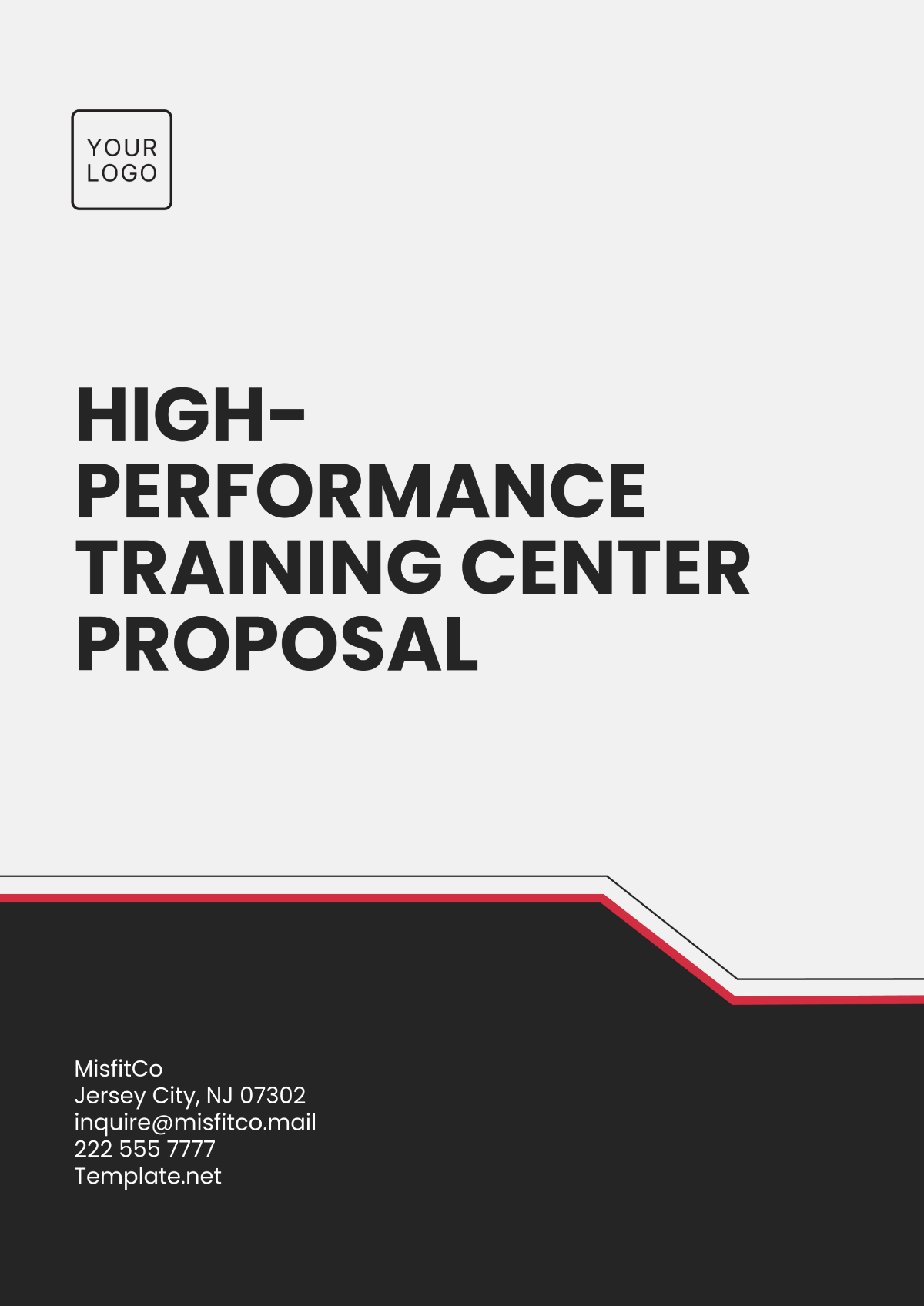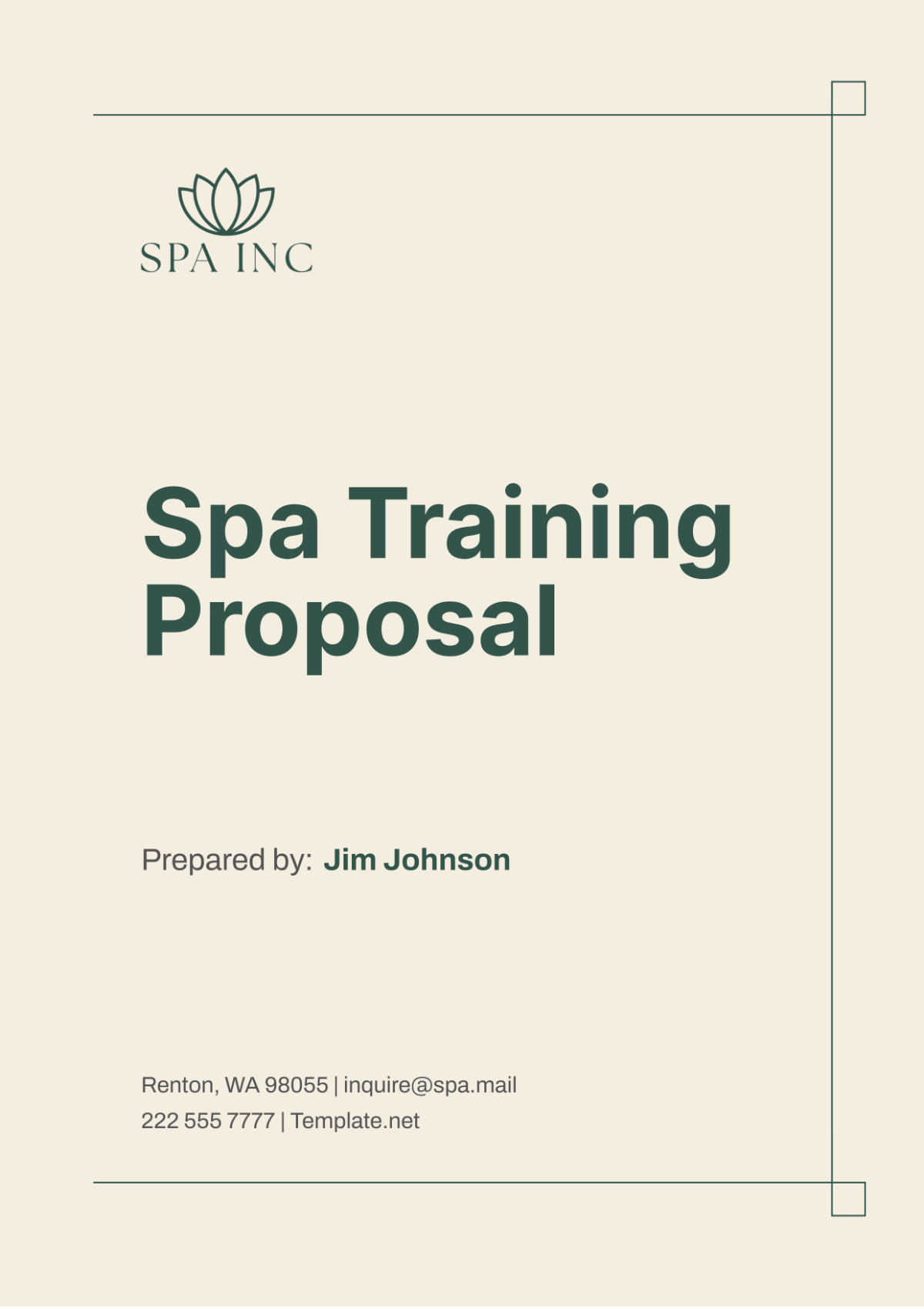Onboarding Training Proposal
Prepared by: [Your Name]
Company: [Your Company Name]
Date: [Date]
I. Introduction
This Onboarding Training Proposal is designed to outline a comprehensive program for the orientation and training of new employees. The aim is to facilitate a smooth transition, enabling them to integrate swiftly and effectively into their roles within the organization. By implementing a structured onboarding process, we aim to not only enhance the skills and knowledge of new hires but also to increase their productivity, engagement, and retention. Research shows that a well-executed onboarding program can improve employee retention by up to 25% and increase overall productivity by 20%.
II. Needs Assessment
A. Current Challenges
Currently, the organization faces several challenges in the onboarding process, including:
Inconsistent training delivery across departments: Different departments have varying onboarding practices, leading to confusion and a lack of cohesive understanding among new hires.
Lack of clear structure in the onboarding process: New employees often feel overwhelmed due to the absence of a defined onboarding roadmap, which can lead to frustration and disengagement.
Low engagement and high turnover rates in the first year of employment: Our data indicates that 40% of new hires leave within their first year, primarily due to inadequate onboarding experiences.
B. Identified Needs
The assessment identifies the following needs for new hires:
A clear understanding of their roles and responsibilities: New employees require a detailed breakdown of their specific job functions to feel competent and confident.
Familiarity with organizational culture and values: Understanding the company's mission, vision, and values is crucial for alignment with organizational goals.
Skills and knowledge required for immediate and long-term success: Training should address both short-term job requirements and long-term professional development.
III. Training Goals and Objectives
A. Goals
The primary goal is to prepare new employees to be fully competent and confident in their roles as quickly as possible. This will also boost employee satisfaction and reduce turnover rates. By fostering a supportive onboarding environment, we aim to create a sense of belonging from day one.
B. Objectives
To provide a structured and comprehensive onboarding experience: Design a program that systematically introduces new hires to essential processes and expectations.
To equip new hires with necessary skills and knowledge: Offer targeted training that aligns with both their immediate job functions and future career development.
To integrate new employees into the organizational culture effectively: Foster connections through team-building activities and cultural immersion experiences.
IV. Training Methods
A. Orientation Sessions
Conduct face-to-face or virtual orientation sessions to introduce new employees to the company culture, values, and expectations. These sessions will feature presentations from senior leadership and interactive Q&A segments to encourage engagement.
B. E-learning Modules
Implement digital learning modules focusing on specific skills and knowledge areas relevant to their roles. These modules will include videos, quizzes, and interactive scenarios to enhance understanding and retention.
C. Mentorship Programs
Pair new hires with experienced employees to provide guidance, support, and knowledge transfer. Mentors will be trained to offer constructive feedback and facilitate professional networking opportunities.
D. Workshops and Seminars
Engage employees in workshops and seminars for hands-on learning and team building. Topics may include effective communication, time management, and conflict resolution. These sessions will also provide opportunities for cross-departmental collaboration.
V. Training Curriculum
A. Overview
The training curriculum will cover the following core areas:
Module | Description | Duration |
|---|---|---|
Company Culture | An introduction to the company’s mission, vision, and values. | 2 Hours |
Role-Specific Training | Detailed training based on the specific role of the new hire. | 5 Days |
Compliance and Safety | Training on compliance and safety standards relevant to the industry. | 3 Hours |
Effective Communication | Techniques for fostering open dialogue and collaboration within teams. | 2 Hours |
Professional Development | Overview of career growth opportunities and available resources. | 1 Hour |
B. Module Details
Company Culture: New hires will engage in interactive sessions that explore the history and core values of the organization, culminating in a team-building activity to solidify their understanding.
Role-Specific Training: This segment will involve shadowing experienced employees, hands-on projects, and simulations relevant to their specific job functions.
Compliance and Safety: New employees will receive training on industry-specific regulations and safety protocols to ensure a secure working environment.
VI. Evaluation and Feedback
A. Evaluation Methods
To assess the effectiveness of the training program, the following methods will be utilized:
Pre-and post-training assessments: Gauge knowledge and skill levels before and after training.
Surveys and feedback forms: Collect qualitative data on new hires’ experiences and suggestions for improvement.
Continuous performance evaluations: Monitor the progress of new hires through regular check-ins and performance reviews.
B. Feedback Mechanism
Collect feedback from new hires to consistently improve the training program. Implement feedback loops involving trainers and hiring managers to address any concerns promptly and make necessary adjustments.
VII. Implementation Plan
A. Timeline
Rollout will occur over the first quarter of the fiscal year, allowing sufficient time for preparation, execution, and initial assessments. The implementation timeline is as follows:
Week | Activity |
|---|---|
Week 1 | Finalize training materials and resources. |
Week 2 | Conduct orientation sessions for new hires. |
Weeks 3-6 | Deliver role-specific training and e-learning modules. |
Week 7 | Begin mentorship program pairing. |
Week 8 | Conduct evaluations and collect feedback. |
B. Responsibilities
The HR department will oversee the coordination and execution of the onboarding program, with support from departmental managers. A dedicated onboarding coordinator will be assigned to ensure all elements of the program are implemented effectively.
VIII. Budget
A. Estimated Costs
The budget for the onboarding training program is as follows:
Item | Cost |
|---|---|
E-learning Development | $10,000 |
Workshops and Materials | $5,000 |
Mentorship Program | $3,000 |
Evaluation Tools | $2,000 |
Total | $20,000 |
B. Cost-Benefit Analysis
Investing in a thorough onboarding program is anticipated to reduce turnover costs and increase productivity, providing a significant return on investment. For instance, reducing turnover by just 10% can save the organization thousands in recruitment and training costs, while increased employee satisfaction leads to higher performance and morale.

